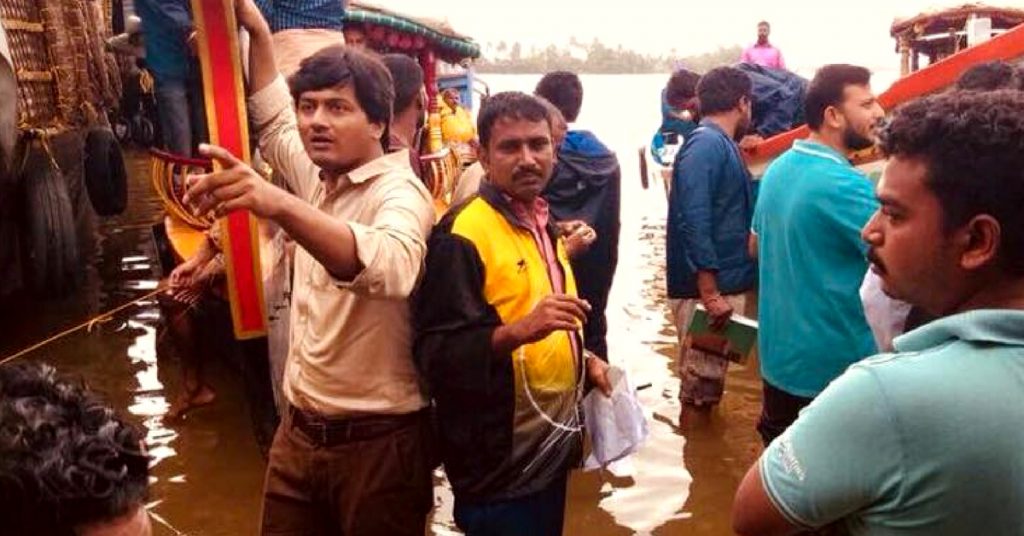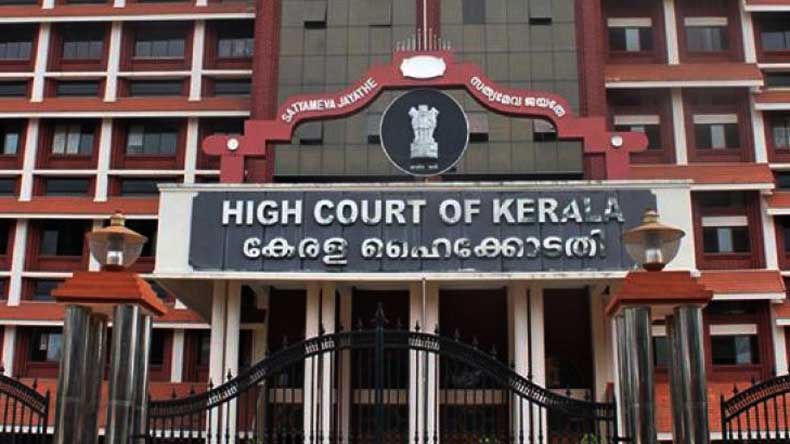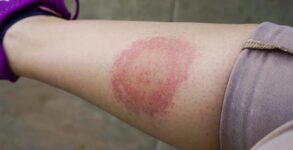The rescue mission in Kerala garnered lots of appreciations from across the country and media but very few know the story behind it. In an interview with the team of ‘The Better India’ the sub-collector of Alleppey, Krishna Teja reveals the details of when and how the rescue operation started.
The state finance minister of Kerala Dr Thomas Isaac was in a meeting with IAS Officer Krishna Teja on the night of 16th August about administrative issues. During the meeting, they received a message about the need and emergency to open the dams near Chengannur and Kuttanad in Alappuzha immediately as they were filling up due to heavy rains.
Also Read: Kerala floods have brought out the best and worst in humanity
They knew if the dams are opened, the low lying areas in Kuttanad were in direct danger of submerging, resulting in the loss of thousands of lives. It was then when they started to draw maps for the rescue operation and called it ‘Operation Kuttanad’. The mission was to rescue more than 2 lakh people from the area within 2 days and rehabilitating them to the relief camps.
They started to plan the operation at 11 pm and continued till 03:00 am, at 05:00 am, 17 August the operation had started. Within three days the rescue forces had evacuated 2.5 lakh people from Kuttanad that is 95% of the total population of that area.

Here is the excerpt from the interview of the IAS Officer Krishna Teja and the state Finance Minister Dr Thomas Isaac with ‘The Better India’ –
“Around 10:00 p.m. we received information that the water levels in the district have been abruptly rising because of the opening of the dams, and within 24-48 hours of this, the water would reach Kuttanadu. We immediately called a meeting of all district level officers who were available. When we conducted the meeting, most district officers were skeptical of whether we could evacuate 2 lakh people.
This evacuation may have been easier if we had road access, but in Kuttanadu, we could only use boats to evacuate them. Dr Isaac and I refused to change our stand as we did not want to risk the lives of 2 lakh people,” said Krishna Teja.
Krishna Teja revealed, “From the beginning, the Finance Minister and I were clear that we would not inform anyone about the mission, especially the media. I know the media supports us a lot, but if there was any sort of panic, the people would start crowding which would lead to a stampede and result in a massive disaster. So we kept Operation Kuttanad a secret.”
Further elaborating on the mission, Krishna Teja said, “The Finance Minister was on one side and me on the other. I was collecting boats while he was convincing people to come to Alleppey. For this, we used many houseboats, motorboats, fishermen boats and many speed boats and boats with a big platform that are usually used to transport lorries. Many NDRF teams and BSF teams also supported us.”
Also Read: Thanks but no, says India to foreign aid for Kerala
“As Dr Isaac said, many people were reluctant to come. So I sent one policeman on every boat I deployed, along with a revenue official. The revenue official tried to convince the people, and if it didn’t work, the police officer forced them. Of course, they didn’t use physical force, but their presence brought about some fear because people tend to obey the police uniform quickly,” says Krishna Teja.
“On 18th evening, Operation Kuttanad was only partially completed,” explains Krishna Teja. “For many, this operation was only to evacuate people. But for Dr Isaac and me, animals were also a huge priority. So on 19th and 20th, we evacuated animals and took them to higher, safer areas, where they were given fodder as well,” he adds.


















